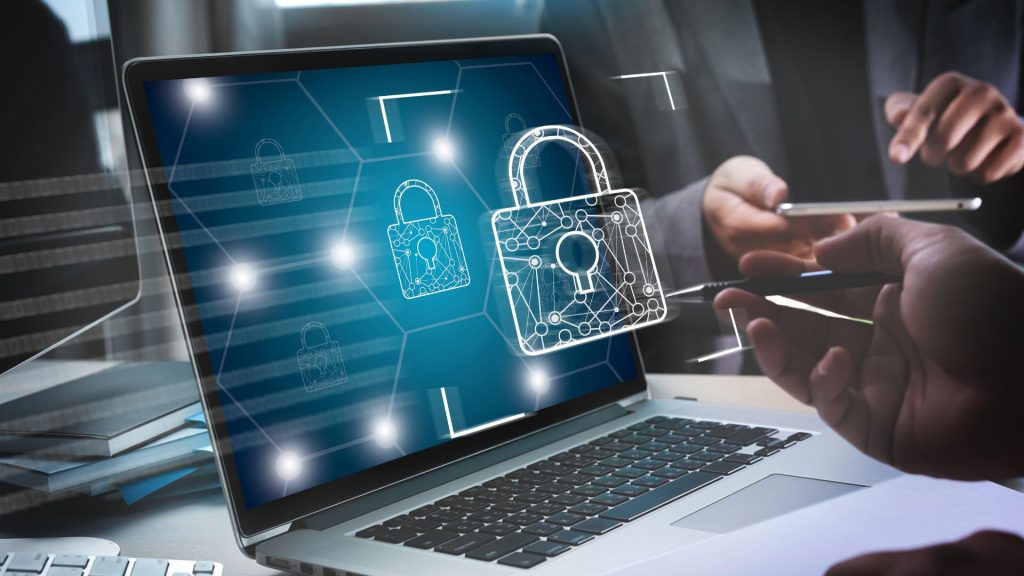Cyber security and hacking are connected to each other. Cyber security is the practice of protecting systems, laptops, computers, networks, servers, electronic devices, information, and data from possible malicious attacks by hackers and the act of identifying and then exploiting weaknesses in a computer system or network, usually to gain unauthorized access to personal or organizational data, is known as hacking.
Cyber Security and Hacking
Cyber security is also known as information security or information technology security. The purpose is to maintain the integrity and privacy of data. Cyber security covers user data access rights, and users must take permission when accessing any information source.
Cyber security measures also cover the development and maintenance of a robust disaster recovery and business continuity plan to minimize the effects of cyber attack incidents. It defines how the organization shall respond to the cyber attack incident to avoid loss of exposure to information, data, or operations.
End-user awareness and education address unpredictable cyber security risks and threats because anyone in the organization can cause introduce a virus into the network or system by failing to follow security measures and practices implemented in the organization and expected to be complied with by the users. Education, for example, requires users to not open or delete suspicious emails or email attachments, not use unidentified USB drives in systems, etc.
Hacking is unauthorized access to an organization’s servers, networks, information systems, or applications to manage its business and operational activities. Hackers are outsiders who plan to penetrate an organization’s networks to access confidential or critical information about the organization. Critical information may be the detail of organizations’ customers, internal strategic information, or any other sensitive data or information stored in the information systems or servers of the organization.
After getting access to the information, hackers steal it and demand ransom money from the organization to restore the stolen information. Cyber attacks cause employees to be unable to access their systems and information, leading them to a static state where they are at the mercy of the hackers, who gained control over their systems and application.
The Board of Directors is primarily responsible for providing appropriate oversight to the employees to manage the entity and activity level risks, including cybersecurity risks and threats. Cyber security governance gives a strategic overview of how an organization develops and implements internal security controls to ensure the security of information assets and information systems. It includes defining the cyber security risk appetite, establishing an information security committee to oversee the threats and cyber security risks, and building ownership levels and accountabilities.
Final Thoughts
The practice of defending computers, servers, mobile devices, electronic systems, networks, and data from malicious attacks is known as cyber security. It is also referred to as information technology security or electronic data security. Hacking is the attempt to compromise digital devices such as computers, smartphones, tablets, and even entire networks. Hackers are motivated by personal gain, making a statement, or simply being able to.




